The Borneo bay cat is a small wild cat that inhabits the island of Borneo in Southeast Asia.
Scientific name: Catopuma badia
Conservation status: Endangered, declining population
Lineage—The Borneo bay cat belongs to the Bay cat lineage, which includes two genera (Pardofelis, Catopuma) and two other species, the marbled cat and the Asian golden cat.
Meaning of name: “Bay” refers to the reddish-brown color of its fur. Bay cats were first named in 1874 based on a skull and skin fragment.
Note: Borneo is shared by the Malaysian states of Sabah and Sarawak, Indonesia (Kalimantan) and the nation of Brunei.
Interesting Bay cat facts
- The bay cat is only found on the island of Borneo.
- It is named after the color of its fur (“bay” is a reddish-brown color).
- Bay cats have extremely long tails for their size.
- It lives in forested areas.
- Rarely seen.
- It is an endangered species.
About Borneo
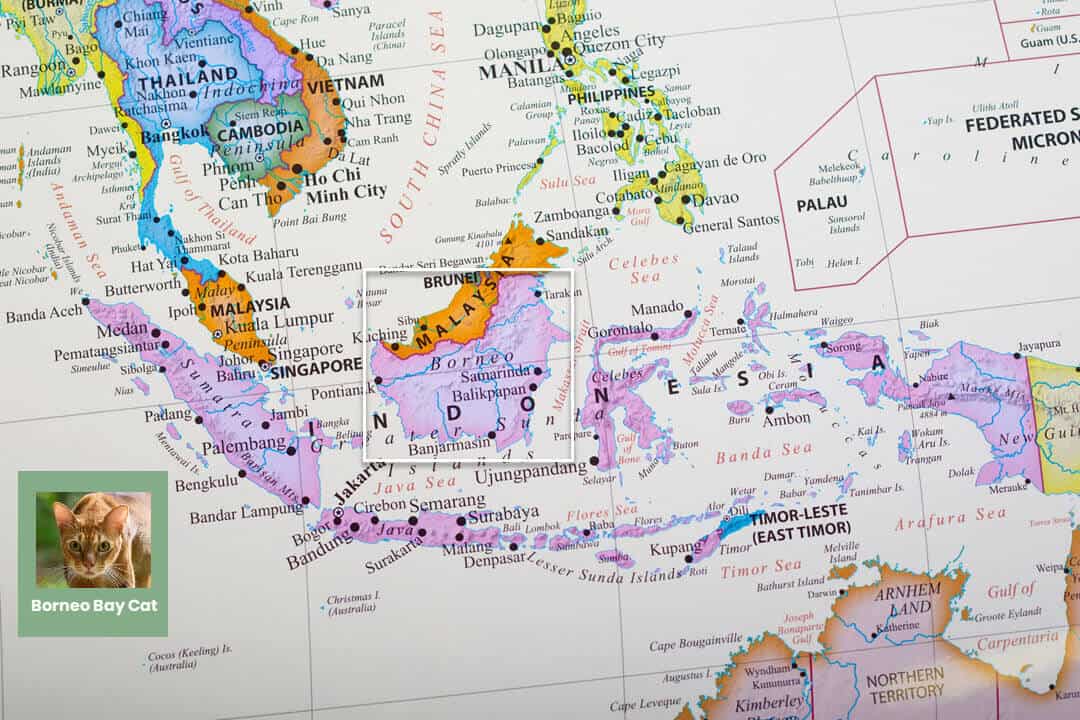
The country of Borneo, located in Southeast Asia, is the world’s 3rd largest island and the largest island in Asia. It is divided into three countries: Malaysia, Brunei, and Indonesia (also known as Kalimantan). The population of Borneo is approximately 23 million. The island is known for its biodiversity, including 15,000 plant species, 1,400 amphibians, birds, fish, reptiles, insects, and mammals. It is home to the Rafflesia, the largest flower in the world. There are many ecological communities (biomes) throughout the area, including:
- tropical rainforests (dense and warm with lots of rainfall).
- Mangrove swamp forests (salt-tolerant trees, shrubs, and ferns that buffer against winds, waves, and floods).
- peat swamp forests (tropical moist forests with waterlogged soil that prevents dead leaves and wood from completely decomposing)
- montane (mountain) forests (forests at high elevation, usually above 1,000 meters).
- dipterocarp forests (lowland tropical forests)
- Heath forests (tropical moist forests located in areas where there is nutrient-deficient acidic, sandy soil
There are 288 species of land mammals on Borneo and 91 species of marine mammals. Land mammals include 102 species of bats and 61 species of rodents, primates, pangolins, members of the order Carnivora, and many other animals. In addition to the bay cat, wild cat species include the Sunda clouded leopard, marbled cat, flat-headed cat, and Sunda clouded leopard.
More about the Borneo bay cat
The Borneo bay cat is a rare wild cat mainly found on the island of Borneo, the third largest island in the world and located in Southeast Asia. It is similar to the Asian golden cat and marbled cat.
Origins and history
The bay cat is a member of the Bay Cat Lineage, which includes the Asian golden cat and marbled cat. The Bay Cat lineage diveraged from its Asian cat ancestors around 9.4 million years ago.
Physical appearance
Bay cats are smaller than the Asian golden cat. They have vibrant, chestnut-colored fur with dark stripes that come down from each eye. Stripes can also be seen on the cheeks. The fur is somewhat paler on the underside of the cat. The fur beneath the cat’s chin is white. Bay cats are also seen with blackish-grey coats, considered a variant ². The cat’s ears are rounded. Bornean bay cats are approximately 19 to 20 inches long and weigh between 6 and 9 lbs. They have a tapering tail approximately 15 inches long with a yellow streak. The tip of the tail is white with a black spot.
Location and habitat
Borneo bay cats are native to Borneo and Malaysia. They live primarily in forests ³ but are rarely seen, even by researchers. One organization spent 16 years camera trapping in Indonesia and collected many images of other wild cats in the area but not one picture of a bay cat.
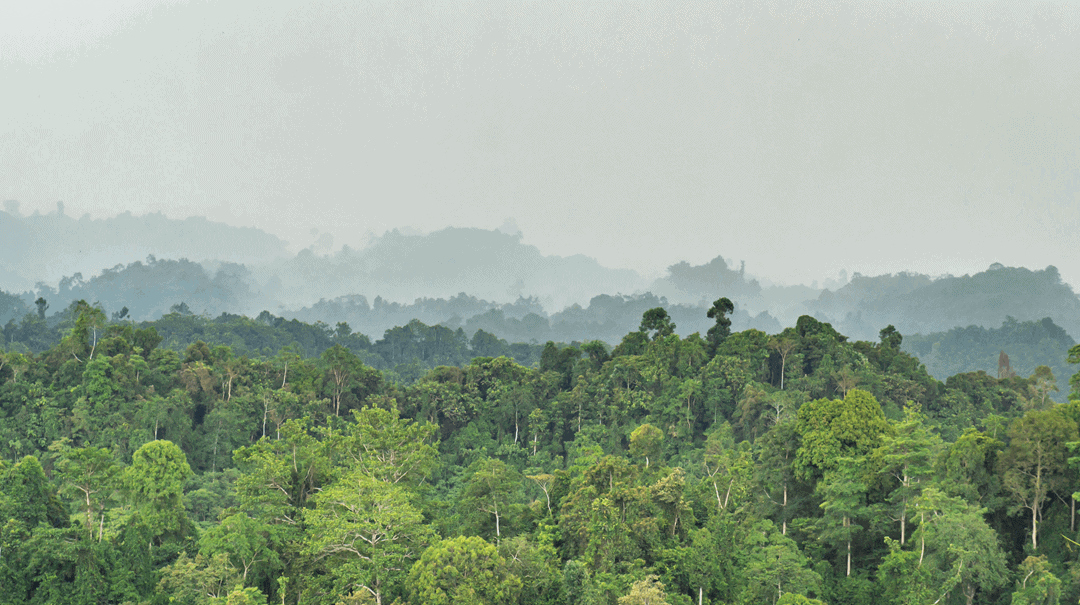
Bay cat behavior
The bay cat is primarily active during the but is sometimes out at night. It is believed that they are solitary animals.
Hunting and prey
The bay cat is believed to be most active in the morning and early afternoon. Its prey consists mostly of small mammals like rodents, squirrels, monkeys, possibly reptiles, and birds. The bay cat hunts using stalking and ambushing techniques.
Mating and reproduction
Bay cats have been challenging to study in the wild, so little is known about their mating and reproduction.
Bay cat conservation
The most pressing conservation issue for the bay cat is habitat loss due to commercial logging, palm oil plantations, residential and commercial development, hunting, trapping, logging, agriculture, livestock farming, and ranching ¹.
The Bay cat is protected by national legislation throughout most of its range. State governments have considerable authority over land usage and environmental protection, and specific laws are in place to protect endangered species. The Constitution of Malaysia empowers federal and state governments to make wildlife laws governments. Recent wildlife laws and policies include:
- 2020 Wildlife Conservation Act
- 2010 Wildlife Conservation Act
- 1995 National Ecotourism Plan
- 1994 National Policy on Biodiversity
- National Environment Policy
- 1993 National Conservation Strategy
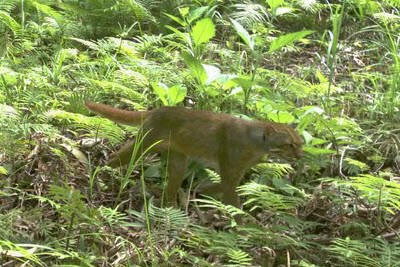
References and quotes
(1) 2007 Georgraphic distribution and conservation status of the bay cat Catopuma badia, a Bornean endemic | Mohd-Azian J. and Jim Sanderson “During 2003–2006 we undertook surveys using camera trapping, interviews and field observations, to determine the species’ distribution and document any threats to its persistence. We also examined museum specimens and completed a thorough literature review, collecting 15 additional geographic records throughout Borneo. Our results show that opportunistic hunting and land use changes are the main threats to
the bay cat…”
(2) 2015 An interesting morph of the Borneo Bay cat in Sarawak, Malaysian Borneo | Ahmad Ampeng “A black morph Borneo bay cat Catopuma badia was recorded at Gunong Pueh Forest Reserve, located in the most western part of Sarawak, Malaysian Borneo. This is the first record of a black morph from a survey effort totalling 10,066 trap nights in which the species coloration recorded had either a reddish bay coat or a blackish grey coat”
(3) 2016 Predicted distribution of the bay cat Catopuma badia (Mammalia: Carnivora: Felidae) on Borneo “Our habitat suitability modelling predicts that an extensive, contiguous area of interior Borneo, much of it hill forest, but also containing lowland and submontane forest, is suitable for the bay cat, supporting an earlier hypothesis that this cat is widespread across the island. Extreme lowlands, supporting mangrove and swamp forest habitats, were typically predicted as low suitability, as were the considerable areas of Borneo now converted to oil palm plantations”

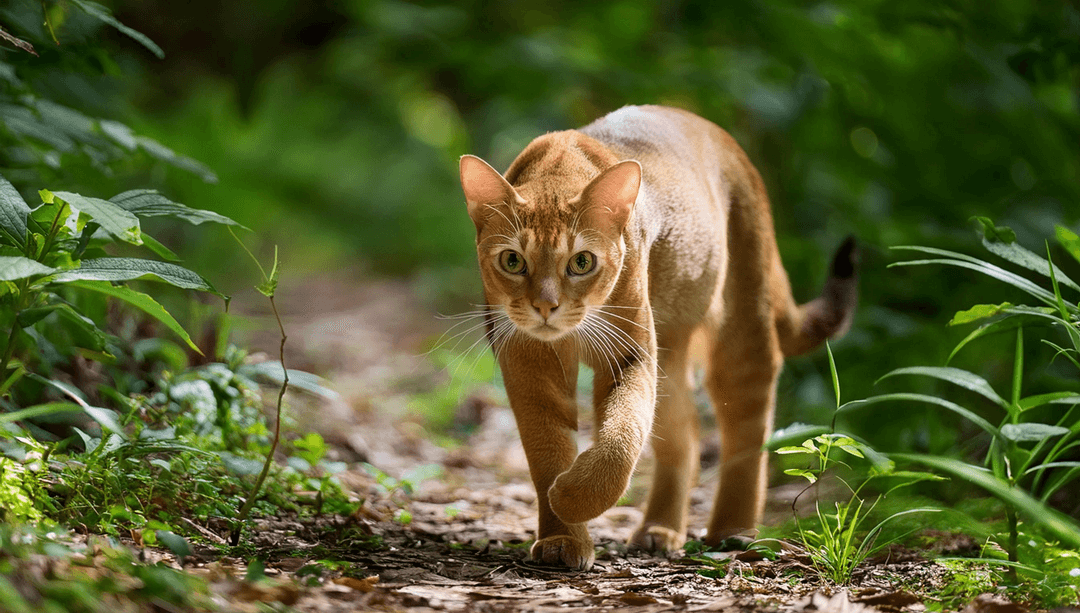
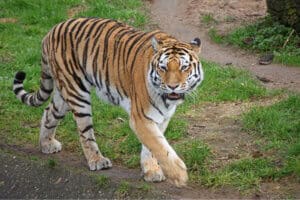
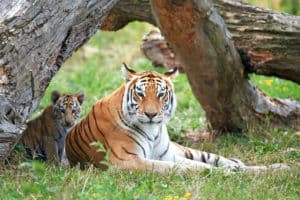
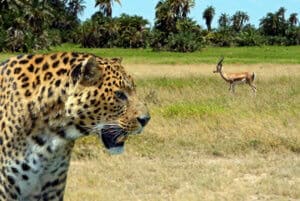

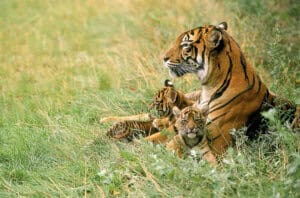

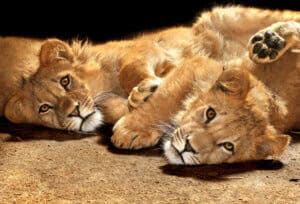
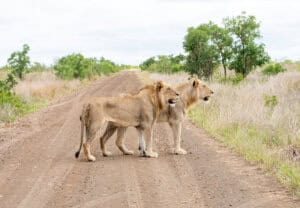
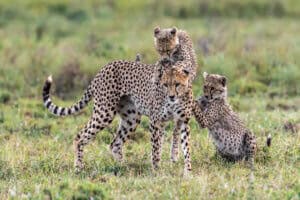
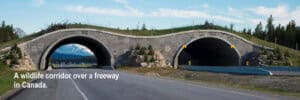

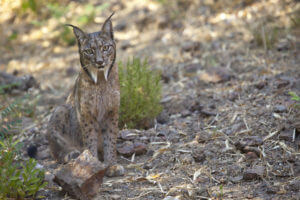




0 Comments